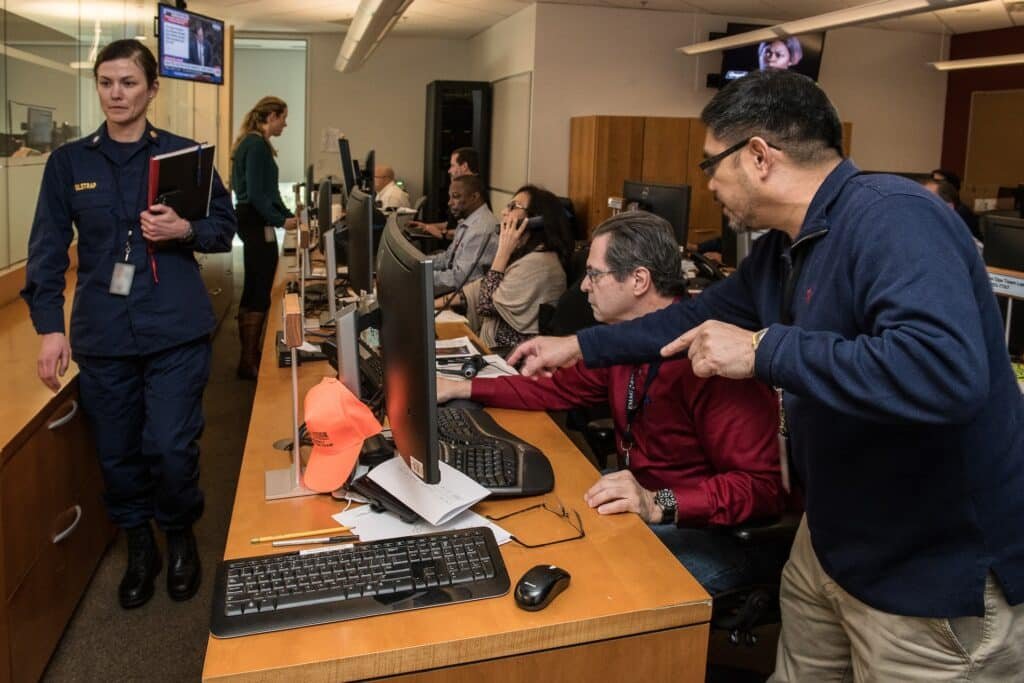
Operating activities (or operations) are the ongoing activities that a business is involved in – e.g. processing a customer’s order in an Argos store, producing a biro or razor in a BIC plant, etc.
It is important that these operations are controlled effectively to make sure that managers achieve desired objectives. For example, production managers may have created a production schedule for a particular line whereby, 1,000 razors are produced on a production line, in an hour with zero defects.
If it is noticed that there is a defect in a single razor it is essential to put into effect control procedures so that the line can be put right immediately.
Production variety is inevitable and this can lead to organisational problems. For example, an increase in the number of component types will require more space in the stores. Control of variety is essential in reducing storage space, the number of production runs, types of machines, and production aids and in making production control easier.
As firms move towards specialisation, opportunities increase for mass production. Mass production is the production of goods on a large scale. Typically the greater the volume of mass production, the greater the benefits of economies of scale as the firm moves towards its lowest unit cost size.
It is often assumed that mass production will affect quality. However, this is rarely the case. With mass production, quality will be more uniform and will not depend upon the scale of production but upon the skill of managers.
Automation and robotics have enabled managers to gain far more control over operating systems. Computer Aided Design (CAD) enables high levels of efficiency in the design of products. Computer Aided Manufacturing enables high levels of control and standardisation in manufacturing processes.
Control systems
The Nissan factory at Sunderland provides an excellent example of modern control systems in manufacturing. Advanced computer systems enable the factory to order components and materials from suppliers just-in-time for use in the factory.
Sub-assemblies are then brought together just-in-time for production into the final vehicles, which roll off the assembly lines just in time to meet the demands of final consumers. Everyone that works in the plant is encouraged to involve themselves in identifying problems as and when they occur – and this level of control means that faults and waste are reduced to a minimum.
CAD/CAM – computer-aided design, and computer-aided manufacturing. A product is designed with a CAD programme and then the design is translated into instructions which are transmitted to machines that are dedicated to the manufacture of items such as car parts, or the finished assembly.
